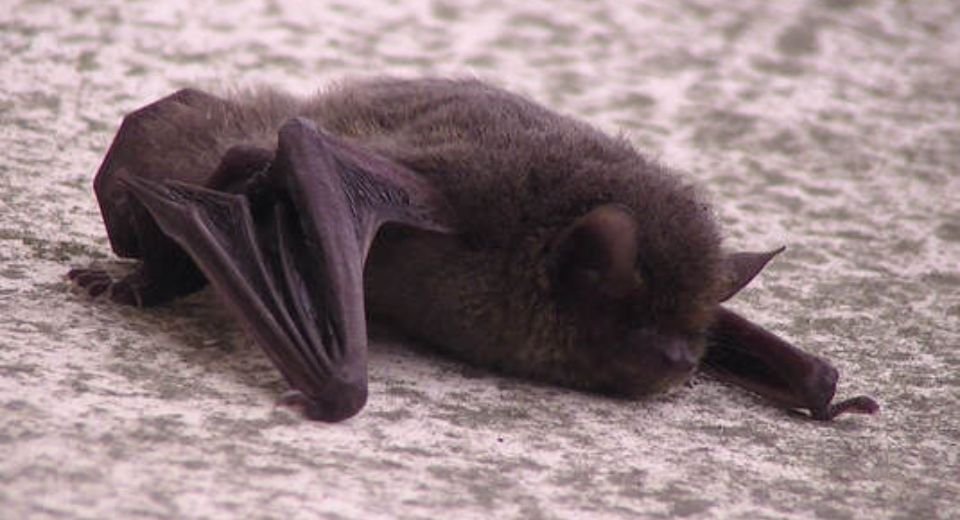HQ Team
June 9, 2025: A virus belonging to the bat family, and closely related to the deadly Middle East respiratory syndrome coronavirus (MERS-CoV), may be a small mutation away from spilling over to humans and causing a pandemic.
Researchers and scientists at Washington State University, the California Institute of Technology and the University of North Carolina examined an understudied group of coronaviruses known as merbecoviruses — the same viral subgenus that includes MERS-CoV — to understand how they infect host cells.
They found that while most merbecoviruses appear unlikely to pose a direct threat to people, one subgroup known as HKU5 possesses concerning traits.
“Merbecoviruses — and HKU5 viruses in particular — hadn’t been looked at much, but our study shows how these viruses infect cells,” said Michael Letko, a virologist at WSU’s College of Veterinary Medicine who helped to spearhead the study. “What we also found is that HKU5 viruses may be only a small step away from being able to spill over into humans.”
During the past two decades, scientists have catalogued the genetic sequences of thousands of viruses in wild animals. In most cases, little is known about whether these viruses pose a threat to humans. Letko’s lab at Washington State University’s Paul G. Allen School for Global Health focuses on closing that gap and identifying potentially dangerous viruses.
Dromedary camels to humans
Letko’s team targeted merbecoviruses, which have received limited attention apart from MERS-CoV, a zoonotic coronavirus first noted in 2012 that is transmitted from dromedary camels to humans. It causes severe respiratory disease and has a mortality rate of approximately 34%.
Similar to other coronaviruses, merbecoviruses rely on a spike protein to bind to receptors and invade host cells. Letko’s team used virus-like particles containing only the portion of the spike responsible for binding to receptors and tested their ability to infect cells in the lab.
While most merbecoviruses appear unlikely to be able to infect humans, HKU5 viruses, which have been found across Asia, Europe, Africa and the Middle East, were shown to use a host receptor known as ACE2, the same one used by the more well-known SARS-CoV-2 virus that causes COVID-19.
HKU5 viruses, for now, can only use the ACE2 gene in bats, and do not use the human version nearly as well.
Japanese house bat
The researchers demonstrated that HKU5 viruses found in Asia, where their natural host is the Japanese house bat (Pipistrellus Abramus), with some mutations in the spike protein, may allow the viruses to bind to ACE2 receptors in other species, including humans.
“These viruses are so closely related to MERS, so we have to be concerned if they ever infect humans,” Letko said. “While there’s no evidence they’ve crossed into people yet, the potential is there — and that makes them worth watching.”
In another study earlier this year, researchers analysed one HKU5 virus in China that had already been documented to have jumped into minks, which showed a potential for these viruses to cross species barriers.
The recent study, funded by the National Institutes of Health, and its methods can help assist future research projects and aid in the development of new vaccines and treatments, he said. It was published in the journal Nature Communications.
